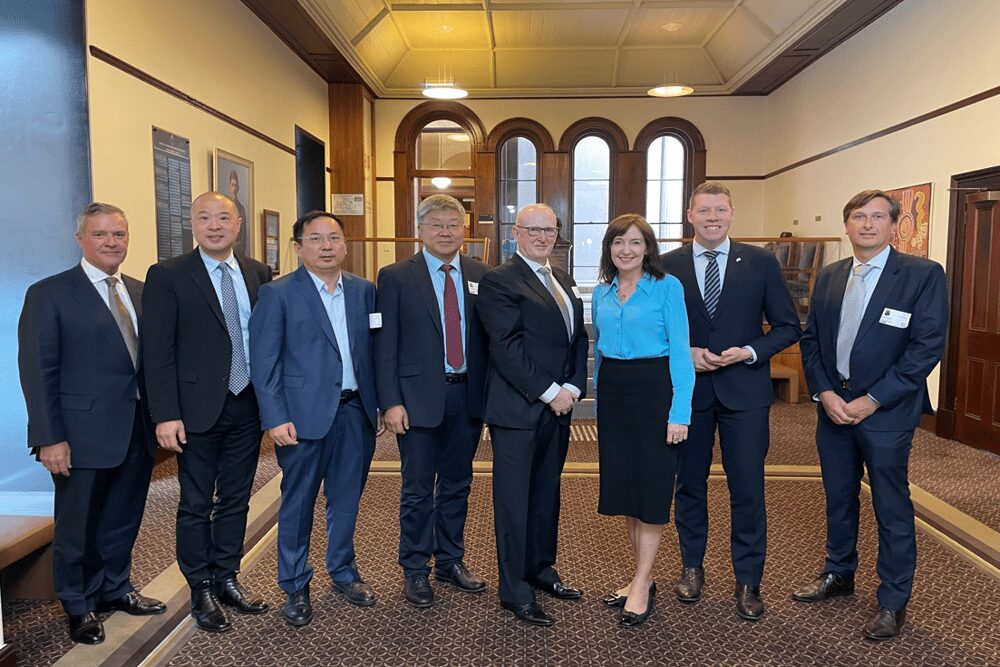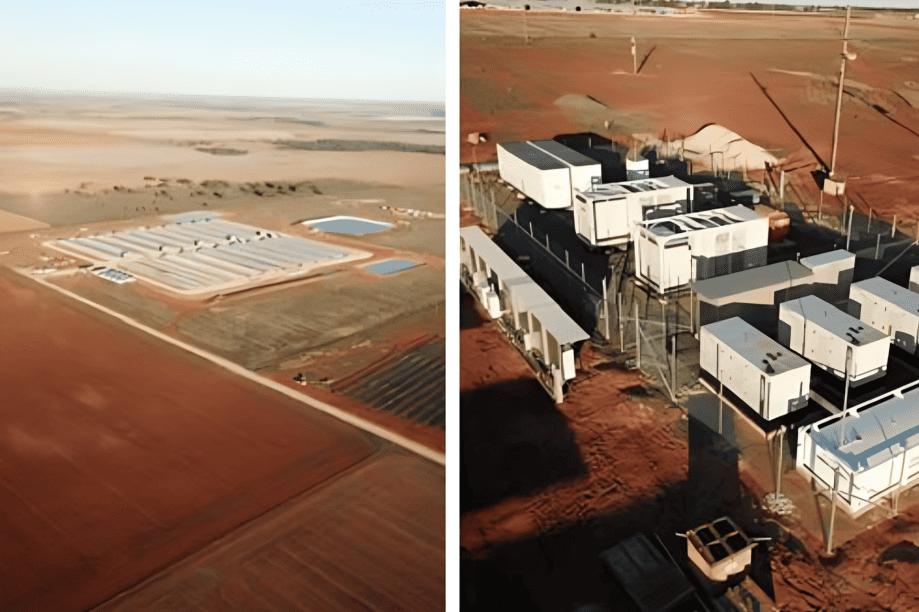
Sales of Chinese electric and hybrid vehicles combined are expected to rise 15-fold or more by 2035 with their share in total new car sales exceeding 80 per cent, outlines Wood Mackenzie.
In the latest Energy-saving and New Energy Vehicle Technology Roadmap 2.0, China aims to phase out conventional internal combustion engine (ICE) car sales by 2035, with new energy vehicles (NEV) and hybrid electric vehicles (HEV) taking equal shares of the domestic car market.
China’s NEVs refer to battery electric vehicles (BEVs), plug-in electric vehicles (PHEVs), and fuel cell vehicles (FCVs) although FCVs’ presence in China’s passenger car market is expected to be negligible through 2035.
NEVs accounted for 6 per cent of China’s new cars in 2020 (5 per cent of BEVs and 1 per cent of PHEVs).
Wood Mackenzie consultant, Yuwei Pei, shared that China now identifies HEVs as the bridge between ICE vehicles and NEVs.
“The country’s evenly split target for NEVs and HEVs is a strong endorsement of the hybrid-electric technology as a pragmatic enabler for vehicle efficiency gains and emissions control. An HEV could be less carbon-intensive on a well-to-wheel basis than a battery electric vehicle (BEV) that runs on coal-generated electricity,” Pei commented.
In recent years, China’s automakers have been gearing up their HEV development, independently and as joint venture with international automakers. With a small battery supporting the gasoline-powered engine for propulsion, an HEV is typically 30 per cent more fuel-efficient than its compatible conventional ICE vehicle.
Pei said: “The main policy tools to promote NEVs have been the allocation of new car licence plates at local levels and NEV purchase subsidies at national levels. However, by 2022, the government will stop subsidising new BEV purchases. It is shifting focus from purchase subsidies to EV charging infrastructure development.”
The presence of a nation-wide EV charging network is critical to the widespread adoption of BEVs. China’s two largest utility companies, State Grid Corporation of China and China Southern Power Grid, have provided a total of almost US$1 billion in direct funding for charging infrastructure. China Southern Power Grid alone has promised an additional US$3.6 billion in the next four years. These efforts are projected to make China the second largest market for charging infrastructure, only next to a combined European market.
Pei noted that in the last decade, Chinese electric vehicle makers have been shielded from international competition.
“Things are about to change as China opens its EV market to international players and roll back BEV purchase subsidies. Access to a larger number of international models as well as a more efficient market is projected to further propel BEV adoption in China.”
By 2035, Wood Mackenzie expects NEVs and HEVs will dominate China’s new car sales. Looking further ahead, NEVs would represent around 90 per cent of China’s new cars by 2050, with FCVs taking a share of around 10 per cent. Meanwhile, HEVs’ role as the bridge to NEVs will diminish in the long run, with its share in new cars projected to decrease post-2040.
China is tightening the fuel efficiency standards for non-NEV cars. Wood Mackenzie estimates the fuel effects (i.e., potentially saved liquids consumption) from the NEV diffusion between 2019 and 2035 will reach nearly 850,000 barrels per day (b/d), while the effects from ICE efficiency gains and the adoption of HEVs combined almost amounts to an additional 800,000 b/d.
With these effects, China’s liquids demand from light vehicles is projected to reach a peak at 3.8 million b/d by 2027, before falling to 3.3 million b/d by 2035.











